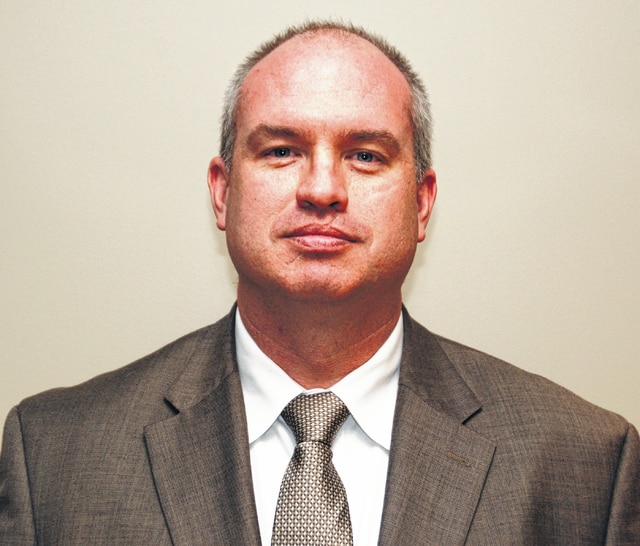
Over the past few decades, most communities have witnessed the decrease of serious crime. Effective, proactive and progressive policing efforts by federal, state, and local law enforcement agencies have transformed neighborhoods into safer more secure places to live and raise families.
However, police agencies find themselves at a critical point. High profile incidents involving allegations of police misconduct have driven a wedge between law enforcement officers and the citizens they are sworn to protect.
Recent events help to remind law enforcement officers that we must never be complacent in our efforts to sustain trust between our agencies and the communities we serve. Incidents in places like Ferguson, Missouri, New York City and Cleveland show that in many areas, police agencies have a long way to go to improve police-community relationships.
Such incidents illustrate the need for every police executive and the agencies they serve to review their policies and procedures. We need to take stock of where we are and recommit to the principles of justice and freedom that are set forth in the US Constitution. We need to work to build strong and trusting community-police relationships.
In 2014, Ohio Governor John Kasich issued Executive Order 2014-06K establishing the Ohio Task Force on Community-Police Relations. The document addressed declining police-community relationships, and recommended that police departments should strengthen their relationships with the communities they serve, finding strategies to do so.
In the short term, failure to strengthen the relationships and change public perception will only create a greater divide between the community and law enforcement. Departments will not be able to attract quality candidates when openings occur, public support for law enforcement will wane, and the result will lead to increasing conflict between officers and the public, similar to what occurred in Ferguson.
The 2014 International Association of Chiefs of Police National Policy Summit on Community-Police Relations stressed the conceptual elements of building community-police relationships. The report issued following the summit defined those conceptual elements as: improved communication; understanding; education; and transparency.
Communication is critical to building relationships. Open communication indicates to the community as well as the outside world that the department is not hiding anything. Genuine partnerships and collaboration are the cornerstones of strong relationships with the community.
Transparency in all areas is key. Open, accessible reporting of criminal statistics, arrest information and other law enforcement data is essential, even if the information reported does not paint a positive picture.
We are extremely fortunate. Recent surveys indicate that the Sidney Police Department is highly regarded by those within the community.
Unfortunately, the Great Recession of 2008 forced budget cuts. One of those cuts was our department’s Citizens Police Academy. I believed strongly that the Academy was a positive tool in building bridges within the community, and that we needed to find a way to restore the Academy.
Fortunately, the State of Ohio offered a grant opportunity through the Office of Criminal Justice Services that enabled those departments that were state-certified to apply for grants up to $30,000 to improve police-community relations. Our department was the fifth department in the State of Ohio to be state certified. I applied for the grant on behalf of the department, and we received grant funding in excess of $29,000 that will enable us to restore the Citizens Police Academy.
The Citizens Police Academy will once again provide participants with the opportunity to gain a better understanding of the procedures, guidelines, responsibilities, demands, policies and laws that guide the behavior and decisions of our officers.
We will be able to incorporate hands-on experiences for the participants. Those experiences will create the opportunity for participants to learn law enforcement techniques, explained in basic, easily understood terms in a logical sequence.
The exchange between officers and participants will allow us to have a better understanding of what the community is thinking. It will also allow participants the opportunity to better understand our jobs as police officers. The Academy will allow the department to be even more transparent. It will allow us to build relationships that we can continue to foster over an extended period of time.
We hope to involve a broad spectrum of community members in the Academy. Individuals will be invited not only to participate, but to help develop the program. We intend to actively encourage females and minorities to participate in the program hoping that in so doing, we may attract new officers from underrepresented areas.
We plan to conduct surveys both before and after the program to enable us to determine whether the Academy is accomplishing the goals we have set. It will also help us know if design changes need to be implemented. We are also hopeful that we can develop long- term relationships with Academy graduates. These relationships will enable us to foster trust and transparency in other parts of the community by partnering with them on future events.
Once the funds are received, we will announce the schedule for our Citizens Police Academy. I truly believe that it will help to build a bond between the community and the department. That strengthened bond will benefit the community over the long term.


